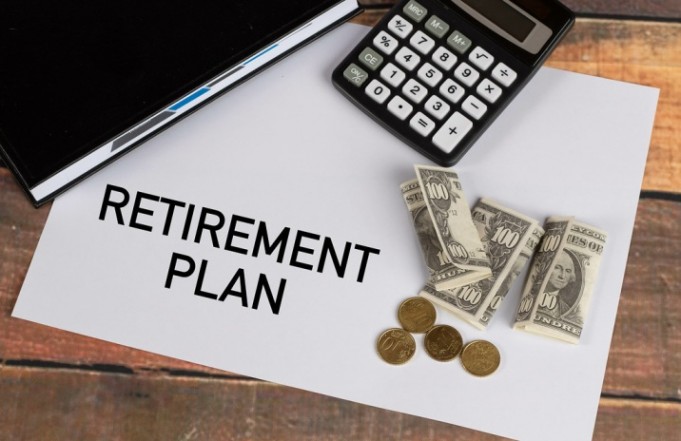What do you mean by Safe Harbor 401k?
A 401(k) safe harbor is a 401k retirement plan form that allows small business owners to circumvent a strict IRS inspection. It’s a way of structuring a proposal that either fails or fully defeats the nondiscrimination test. An employer shall make contributions to the fund of each employee equal to the same amount of compensation for both.
For example, for any effort made by an employee, the organization might add another 5% to their salary. The sum corresponded depends on the company owner’s contributions.
Rules
For Safe Harbor plans, a long vesting period is not required. Contributions are done completely when they are made. This ensures that the company will give its share to all workers, including those who quit or are terminated in the year.
Only those workers who delay pay can develop the program to restrict reciprocal contributions; or you can make contributions to anyone, even those who don’t contribute to their plans.
One of three ways programs can share contributions:
Basic: 100% of the first 3% of compensation is compensated by the employer plus 50% of the next 2%.
Enhanced: The employer matches the first 4% of the bonus to 100%.
Nonelective: All eligible workers are paid 3% of the salary by the employer.
Use of the Safe Harbor issue 401(k)s:
Many 401(k) plans face a nondiscrimination check every year. The IRS tests whether a highly paid employee or company owner is contributing maximum in 401(k) for the year while the remaining employees are lagging in their savings.
The IRS checks that all workers are getting an advantage. Moreover, it takes care that not just those with higher paying jobs, are taking advantage of the retirement program. It checks the program to decide that the average contributions of highly paid workers will not surpass by more than 2% of the average contributions of everyone else.
Several updates in 2020:
The Setting Every Group Up for Retirement Enhancement (SECURE) Act expanded the cap for automatic job deferment increases from 10% to 15% when it was signed into law in December 2019.
The SECURE Act allows businesses to change their plans before the 30 days to the end of the program year. Amendments will only be permitted after that point if they increase the nonselective contributions for all eligible workers by at least 4%. The level before was 3%.
Establishing a Safe Harbor 401k:
The 401k Support Center provides a directory of providers of retirement services to help you find a 401(k) or personalized retirement plan for your small company. You may also ask for recommendations from fellow business owners or finance professionals in your field for establishing a safe harbor 401k.
Conclusion
The Safe Harbor 401k programs seem to be more suitable for companies with stable revenue streams. Some 401(k) programs might be better alternatives if you think your company would find it difficult to suit funds consistently.









